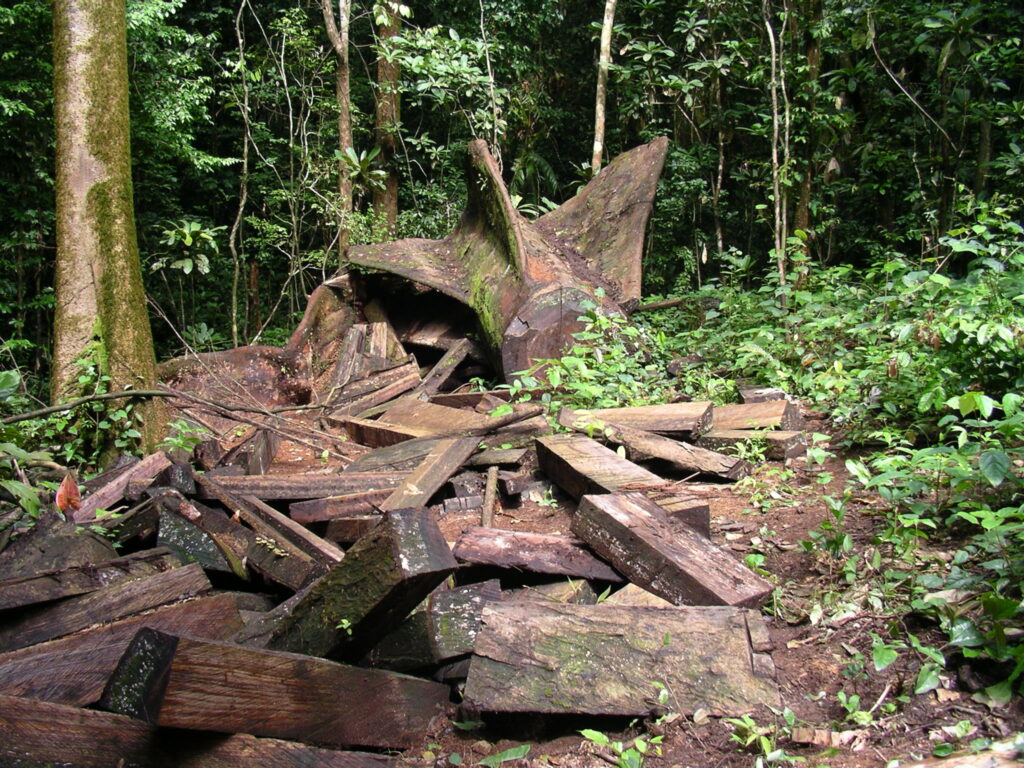The Different Primary Values of Tree Species
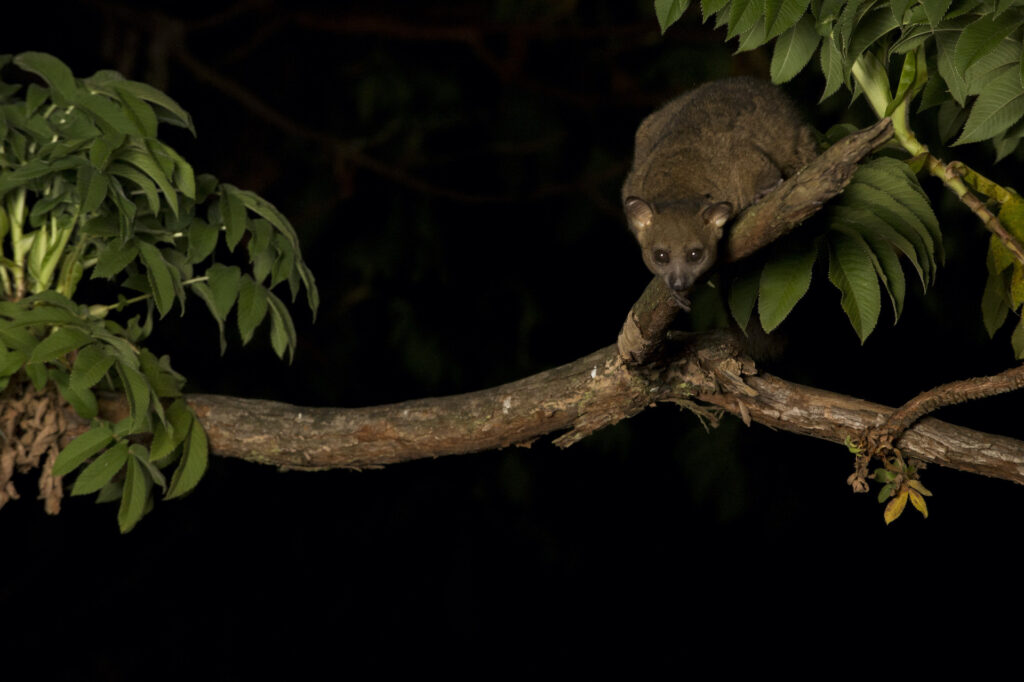
Biodiversity
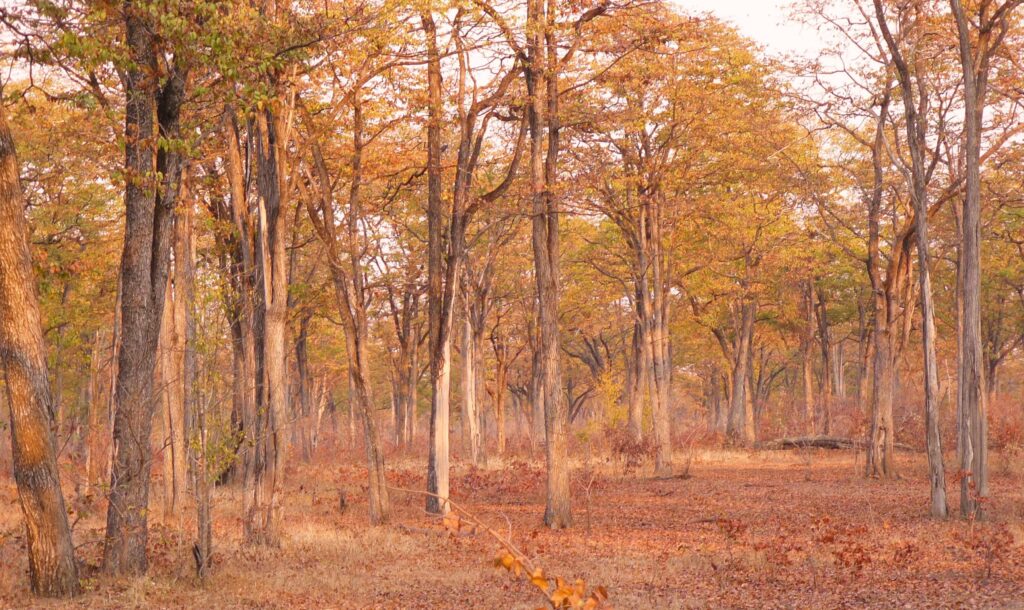
Carbon capture
Perhaps one of the most commonly discussed values of trees today is their potential to capture (sequester) carbon. Large-scale carbon dioxide removal from the atmosphere is possible through reforestation efforts, but many of these efforts plant non-native tree species disastrous to local habitats. Planting the right, native tree species can allow for carbon capture alongside a host of other benefits,
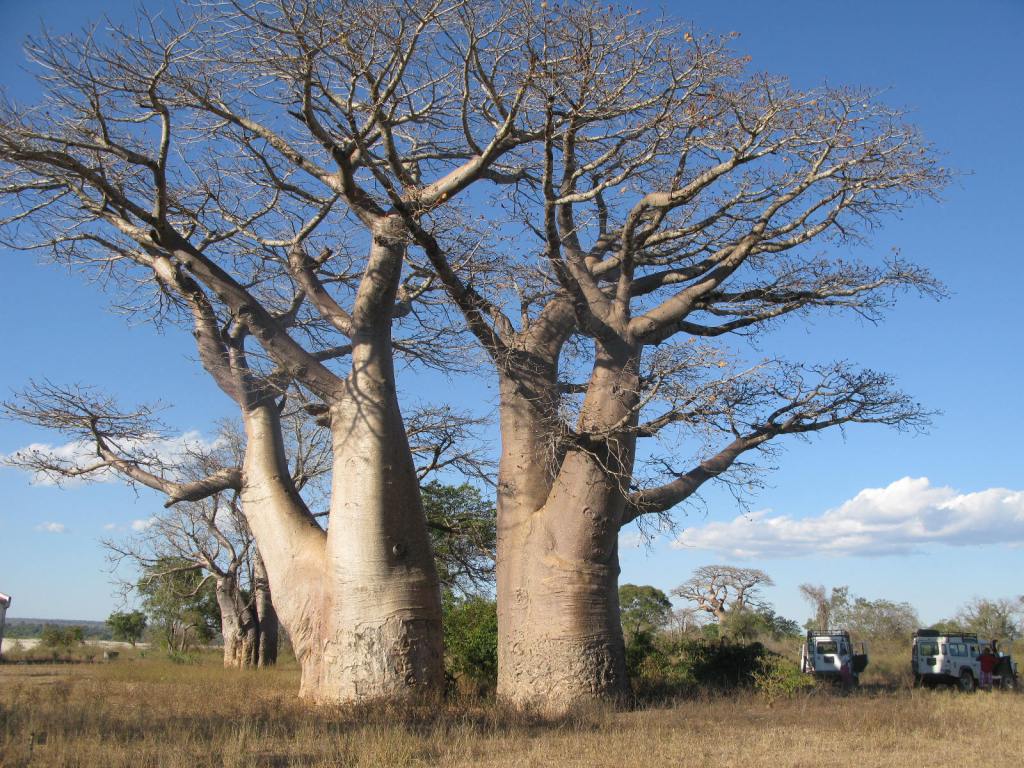
Flagship
Flagship species act as ambassadors for their environments, reminding people of the importance of conservation efforts around the world. These are species which capture the heart of the public. They often form the basis for conservation programmes. Because many threatened trees grow in forests, protecting a single iconic species has the added effect of saving other tree species and protecting the habitat for other plants and animals. These trees can also play important cultural roles in the lives of local communities.
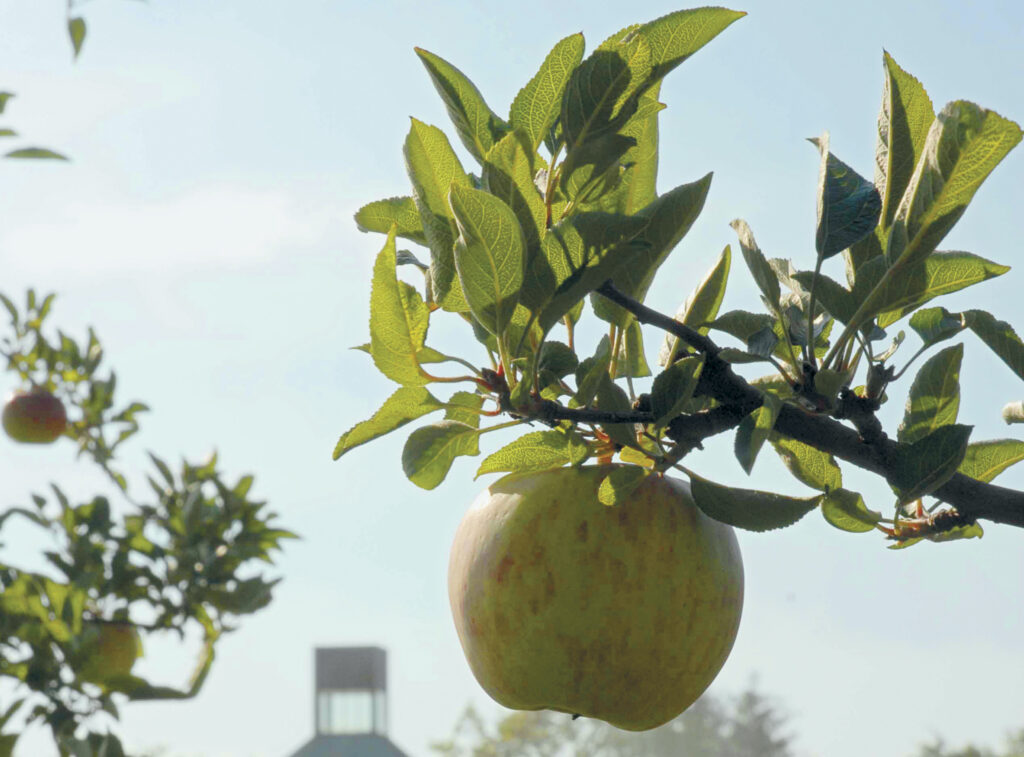
Food for people
People from all over the world gather nutritional products from trees including fruits, nuts, seeds, leaves, bark and even sap. Tree products have been an important part of diets for thousands of years, from early humans gathering fruits and nuts to the first cultivation of important trees. Today, products such as apples, oranges, pistachios and brazil nuts are routinely eaten the world over and form the basis for multi-million dollar industries – the apple industry is estimated to be worth US $10 billion a year, for example.
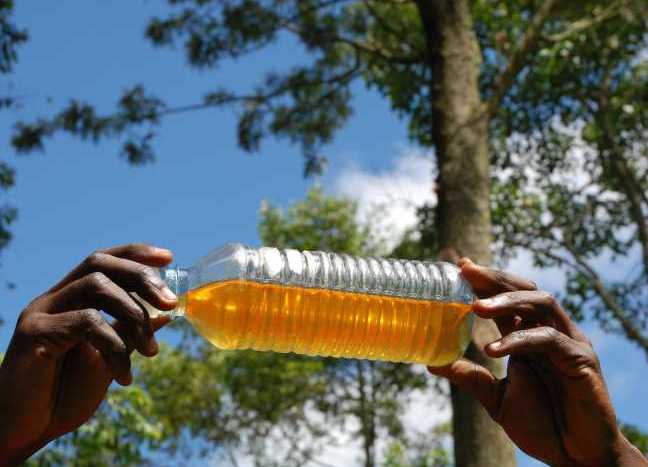
Medicinal
Medicine from trees, extracted from the wood, bark, roots, leaves, flowers, fruits or seeds is fundamental to the well-being of millions of people. Where access to modern pharmaceuticals is limited, trees offer living pharmacies open to anyone with traditional knowledge on their medicinal properties. Medicine from trees is also traded internationally, with many prescription drugs based on molecules taken from trees.
Sustainable extraction of medicine from wild trees can provide an economic value to conserve forests and the medicinal trees within them. However, without careful management, over-exploitation, driven by strong market demand, poses a significant threat to many trees.
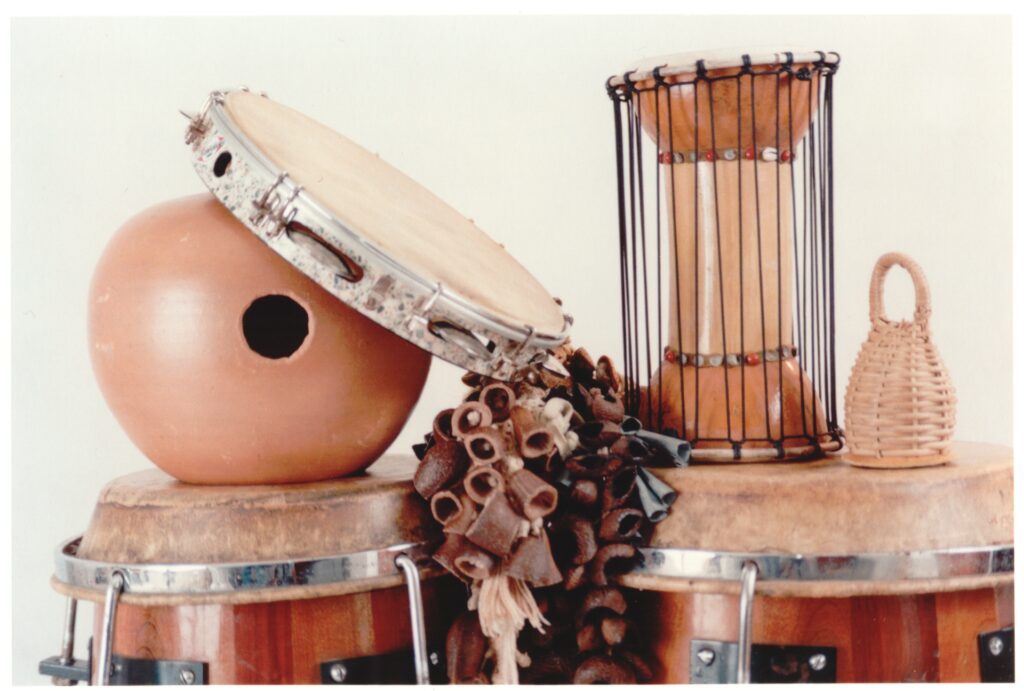
Musical instruments
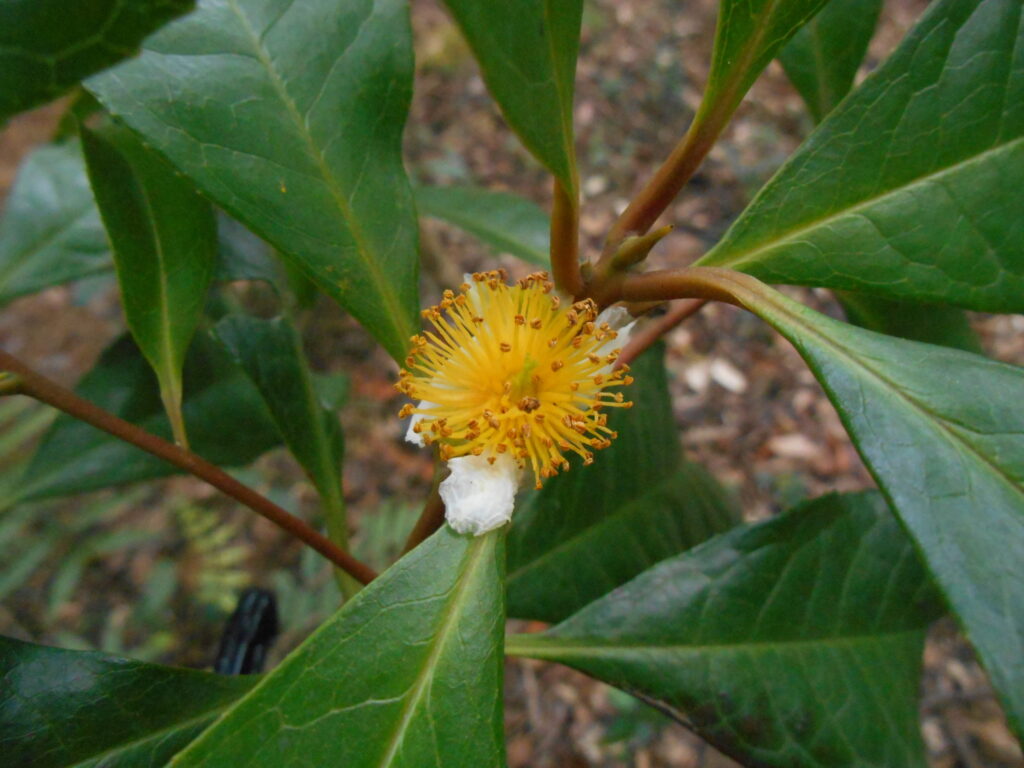
Ornamental
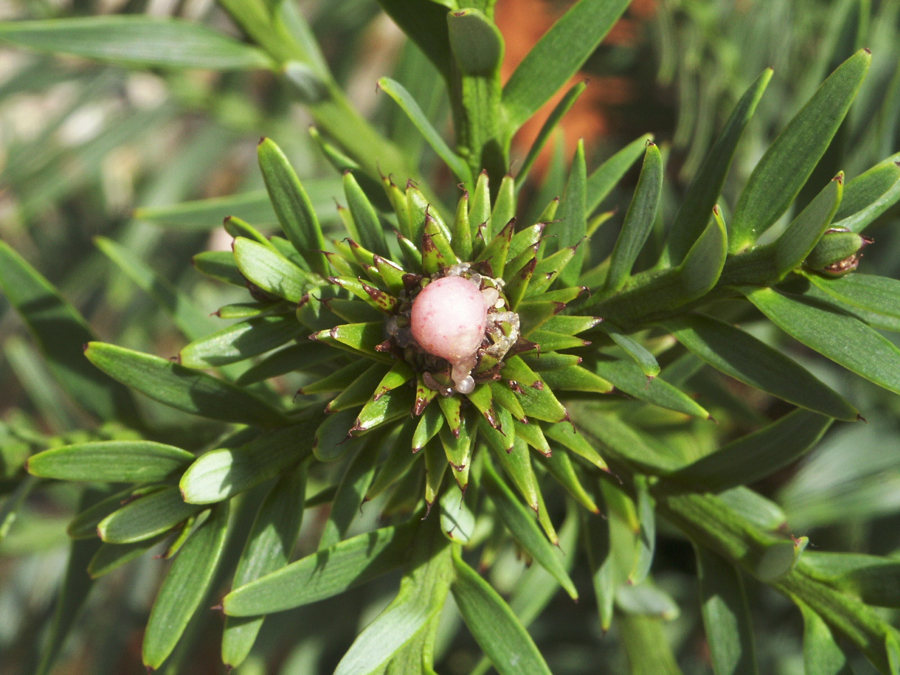
Resin
Resins are thick hydrocarbon liquids exuded by many members of the plant kingdom including a large number of the world’s tree species. Resins from different tree species vary in form and chemical structure enabling people to harness them for an equally varied number of uses.
Common uses for resins include varnishes, adhesives or, for some of the particularly aromatic resins, incenses.
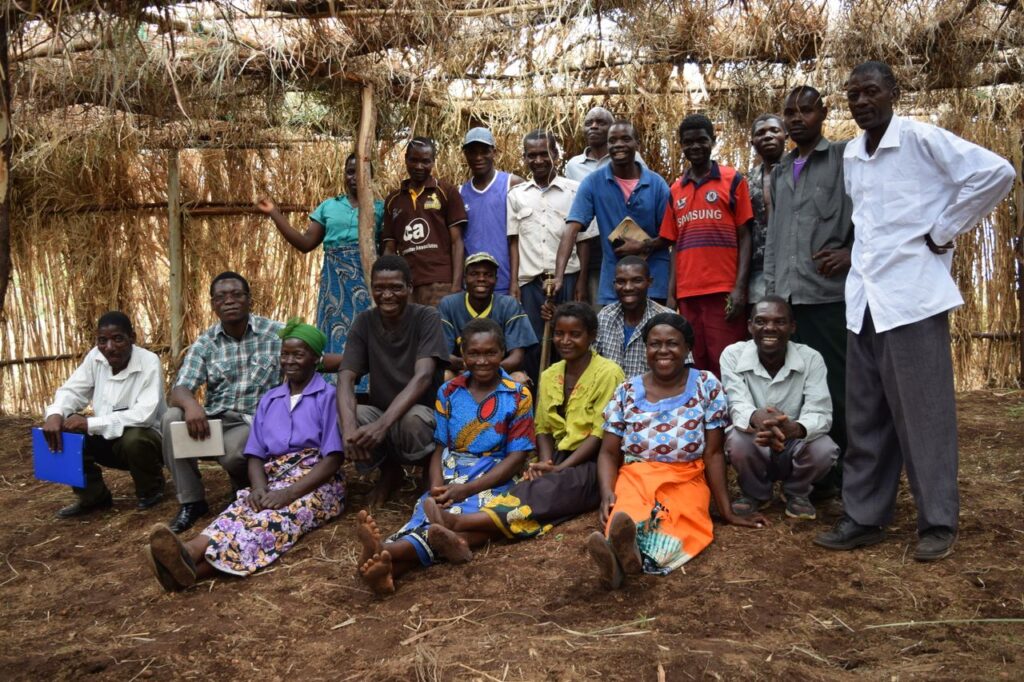
Supporting local communities
Tree species can provide a number of benefits to local communities such as the development of local nurseries and local income streams through alternative livelihood and incoming generating activities.
